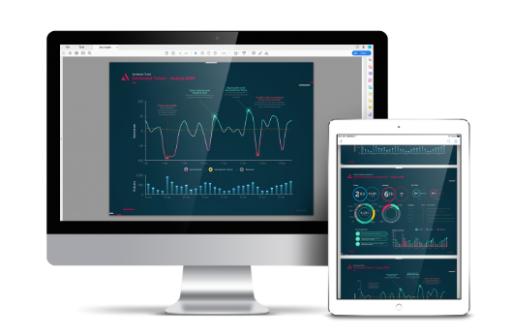Building stakeholder understanding in Pharma: combining internal and external data
The regulations surrounding the pharma industry can sometimes mean it is difficult to get detailed insight on the key issues driving perceptions of the sector. In this piece we look at how companies can get a more in-depth view of their stakeholders by reviewing some scenarios we regularly encounter.
At alva, we help pharma companies to understand more about their key stakeholders by monitoring external data – conversations happening in the public domain through the media, broadcast, social media, publicly available polls and surveys, blogs and forums.
This gives an enormous amount of information on how companies, brands, research, drugs, etc are being perceived by the public and media for a wide range of issues.
However, in the highly regulated pharmaceuticals industry, stakeholders are often behind closed doors and inaccessible save through one on one meetings. In addition, Health Care Professionals (HCPs) do not often share their opinions of drug companies openly in the public domain. This leaves us with a challenge in tracking these groups’ perceptions of pharma companies.
Though alva’s content aggregation system monitors and analyses discussion in the public sphere, how do we make sure that we are also factoring in the views of critical stakeholders like HCPs, regulators, payers, Patient Advocacy Groups (PAGs) and employees when drawing conclusions?
In order to ensure that our pharmaceutical clients are getting the full picture, alva pioneered the first partnership combining content analytics and internal data – an approach we are calling integrated metrics.
Combining our extensive insight from millions of external individual pieces of content, with internal data from primary research, surveys or business performance stats, helps to enrich stakeholder understanding and link communications to KPIs for the wider business.
Use Case 1: Enrich Stakeholder Intelligence
We have seen this approach work time and time again in the pharma space – a company comes to us with primary research identifying the issues that have been identified as most important to stakeholders. While this primary research offers first-hand information from pharma Key Opinion Leaders (KOLs), researcher bias can potentially impact outputs, while alva’s external data approach measures unprompted responses to companies or issues. Additionally, the timescales and high costs associated with primary research can make it infeasible to run on a regular basis – again, an issue avoided by alva’s efficient and technology-led analysis solution.
By feeding information from primary research into our company monitoring system, we can track sentiment consistently, bridging the gap between annual or biannual stakeholder research. We add the primary research issue “map” to our pre-existing stakeholder classification and we track on a consistent basis how the conversation is developing around each of these issues.
The benefit to combining the primary research with ongoing content analysis is twofold: it allows for a timely and cost-effective touch-point on stakeholder sentiment more frequently than previously feasible, and our bottom-up approach to content analysis allows us to organically identify issues being talked about by stakeholders as and when they bubble up – even if these issues were not initially identified through stakeholder interviews.
Employee sentiment is another key area for pharma, and incorporating internal company data like staff satisfaction surveys or internal conversation boards can further enrich our understanding of this group.
alva’s external data shows us in part how a company is perceived by those outside the organisation – with issue like remuneration, job cuts or kickbacks potentially impacting the opinions of potential employees.
Combining this view with that of internal data helps companies understand if those same issues are driving the perceptions of existing staff, or if other issues are more front of mind.
In short, combining external and internal data helps companies build a fuller picture of stakeholder sentiment and track movements over time.
Use Case 2: Measuring Communications Opportunity Gaps
Another common use case for combining internal data with content analytics is measuring communications gaps – Communications or Stakeholder Relations departments often use research to determine the “levers” they will pull to affect stakeholder sentiment but lack a way of measuring how these messages are landing.
Our content filtering system can be configured to mirror exactly a company’s internal understanding of each of these levers (for example, R&D investment, cost-effectiveness or ethical leadership). From here, we are able to track how much of the discussion surrounding a certain company is related to each lever – and where there is an opportunity gap where a company could be driving discussion around an impactful issue but proactive content is not cutting through.
Internal data (often primary research) gives us the foundation to know which levers to pull – and content analytics gives us the evidence that the company’s efforts are shifting conversation.
Some other ways pharma companies can integrate their research with alva data include:
– Tracking how issues like Pricing or Ethical Business are landing with different stakeholders
– Understanding how communications activities drive website visits for patient education campaigns
– Measuring commercial excellence against perception around Strategic Objectives
Please get in touch if you’d like to talk more about how your company can gain a fuller picture of stakeholder perception and how this links to business KPIs.
Be part of the
Stakeholder Intelligence community









